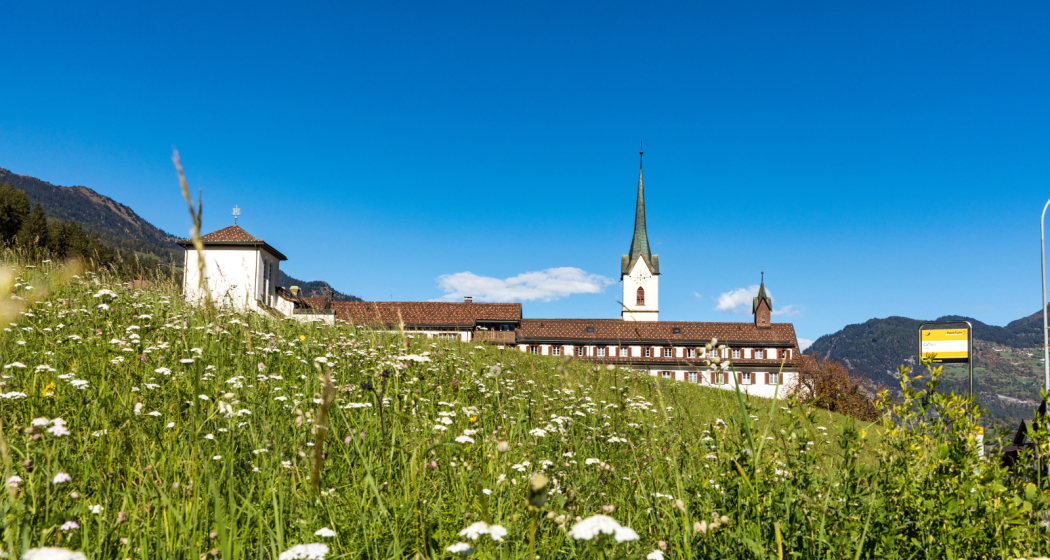Monastery Viamala
Convent of the Dominican Sisters


Show all 4 images

Description
Early Middle and High Middle Ages
The monastery is founded around 700 by Bishop Viktor II of Chur. Cazis is the first women's monastery in Churrätien. Due to their dependence on the episcopal see of Chur, the "moniales", as they are called in the sources, tended to be canonesses or nuns living communally according to the Aachen Rule of 816 without vows, but with a legal bond to the monastery and the enclosure. This way of life is clearly attested from 1045 to 1156. The Augustinian Rule was introduced in 1156. However, according to the document, only a few canonesses were prepared to become Augustinian nuns and commit to this stricter way of life.
Reformation: the temporary end
The second Ilanz letter of 1526 placed the administration of the monasteries under the secular authorities and forbade the admission of novices. This put an end to convent life and in 1570, after the death of the last Augustinian nun, the convent was dissolved. Initially the Schauenstein and later the Planta lived in the convent rooms, but eventually it fell into disrepair and stood empty. A Capuchin priest describes: "The monastery no longer gave the impression of a religious house, but rather of a forest for wild animals. The rotten roof was collapsing due to old age. The monastery courtyards were full of stones and rubble, so that one wept at the sight.
17th century: New foundation
In 1647, Bishop Johann VI appoints the nun Johanna Gauwin from the Dominican convent in Bludenz to re-found and manage the women's convent in Cazis. John VI's main intention was to establish a school. The small group of Dominican nuns - six sisters to begin with - had to fight for their existence for a long time. In order to ensure the continued existence of the community, the bishops of Chur were repeatedly forced to intervene in favour of the material well-being of the sisters. In 1768, a fire almost brought the convent to ruin.
A place for the education of girls
Until 1919, the Dominican nuns belonged to the so-called second order, but then, with the adoption of new constitutions, they joined the third order. This enabled the community to develop its sphere of activity outside the cloister. St Catharina's School, which had experienced a brief heyday in 1866, was re-established. The founding intention of Bishop John VI, who emphasised several times in his documents in 1647 that he wanted to create a place for girls' education in Graubünden with the Dominican nuns in Cazis, could thus be realised. The teaching activities of the sisters in the various communities also fulfil this aim. In 2002, several sisters from the Cazis convent were sent to Bludenz. Just as the Dominican convent there ensured the continued existence of the Cazis convent around 1647, the sisters from Cazis are now responsible for the continued existence of the Bludenz convent, which is now almost empty.
Today, 45 sisters live in the convent. They are not only very active within the convent walls. The Cazis convent offers a wide range of courses. A detailed programme can be found on the convent's own homepage. The convent sells various products from its own production, from bee honey to artefacts.
Contact
Convent of the Dominican Sisters
Oberdorf 6, 7408 Cazis
Responsible for this content: Viamala Tourism.

This website uses technology and content from the Outdooractive platform.
